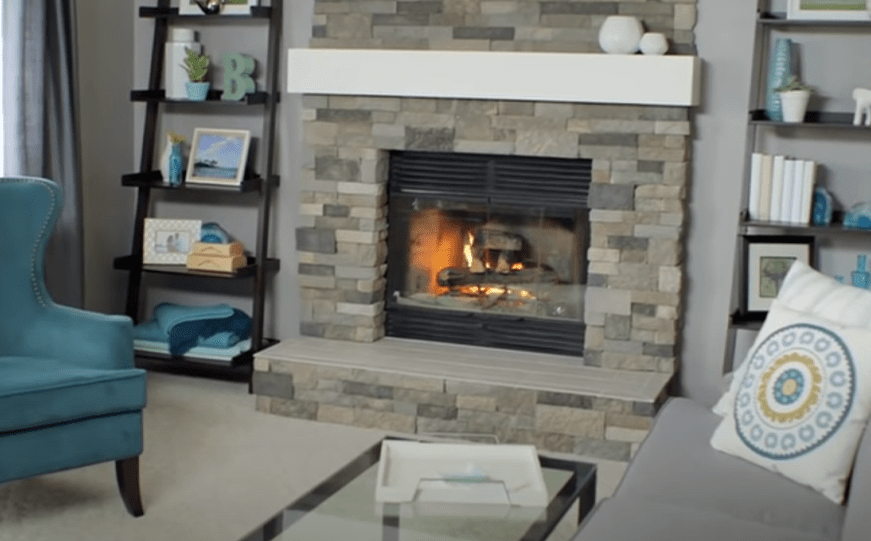In this era of content marketing, brands are increasingly being presented with a challenge — and an opportunity — to reach audiences in new ways. That is requiring some new approaches that would have been unthinkable just a few years ago.
One of those new approaches is for brands to become their own media channels, instead of (or in addition to) relying on third-party print, broadcast and digital media to carry their messages.
The reasons for this are pretty clear.
First, it’s extremely difficult to stand out in traditional media channels (print, broadcast, digital). They are loaded with ads, promotions and sponsorships from other brands, in addition to their own programming and content. Getting noticed can be expensive and conventional advertising, particularly in the building products industry, is becoming less effective.
Second, brands no longer need to rely solely on traditional media channels to deliver an audience. In this consumer/digital-driven world, the traditional gatekeepers are no longer necessary. Through social media and content, brands can reach their audiences directly, and vice versa.
Third, getting noticed through content is still a challenge. There is an astounding amount of content being produced and shared every day, from global media companies to individuals with a camera and a YouTube account, and everything in between.
With the media landscape changing so rapidly, and competition for eyeballs growing exponentially, some brands are taking matters into their own hands. They are devoting more resources to developing high-quality content that provides value to consumers.
In other words, they’re skipping the traditional-media middle man.
The latest example is Lowe’s. The home improvement retailer has launched its own TV streaming app and released a home improvement series called The Weekender.
Starring DIY blogger Monica Mangin, The Weekender is a series of ten episodes, each about seven minutes long. In each episode, Mangin helps homeowners with five weekend projects to spruce up their homes.
Home improvement shows are nothing new, of course. But there are some interesting lessons in what Lowe’s is doing with this approach.
Tried-and-True Format
Home improvement, decorating and DIY content is extremely popular with consumers. Lowe’s is not breaking new ground with this series. But they are presenting content that is likely to be of value to viewers. It provides quick, easy-to-do improvements that people can do themselves at little cost.
That’s a formula that’s likely to work in today’s social media landscape.
Content, Not Commercial
Even though the series is clearly sponsored and produced by Lowe’s, it doesn’t feel like it. The focus is more on providing great tips and ideas to consumers, with how-to details on the Lowe’s website.
If they had been heavy-handed with the branding and promotion, it would have been a turn-off.
Short and Sharable
The remarkable thing about The Weekender is it really is a traditional, 30-minute home improvement show, compressed into seven minutes. It has all of the elements: the set up, the homeowners’ story, the demo and construction, the final touches and the reveal.
This is perhaps the best thing about The Weekender, as it reflects current consumer habits of consuming content on mobile devices. It also makes it easy for viewers to share it with their friends.
—
Will The Weekender be successful? Time will tell if viewers truly like Mangin and the projects, which is what will build an audience.
Regardless, we feel this is an innovative approach worth watching.




